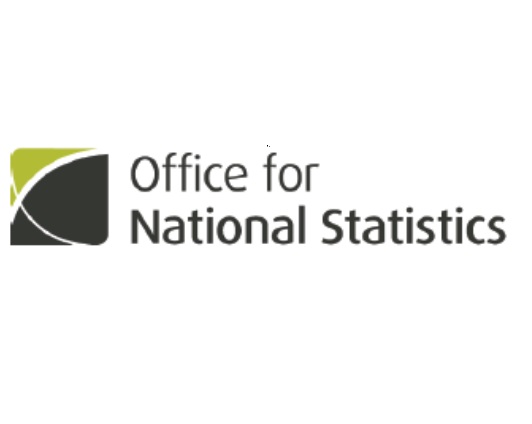UK Manufacturing Output , October 2023: The Office for National Statistics (ONS) published the output data for October this week and it made rather gloomy reading. Total manufacturing output fell by -1.1% compared to September; on our preferred measure of using rolling 3-month blocks, it was down by -0.9% comparing the latest 3 months (August, September and October 2023) with the previous period (May, June and July 2023) but +2.2% higher than a year earlier (August, September and October 2022). The level of output in October was 93.7% of its pre-pandemic level – for the monthly series this is taken as the figure from February 2020.
The first level of disaggregation is for the sub-sectors, where capital goods is the most important for most suppliers of manufacturing technology. This group did marginally better than manufacturing as a whole with output falling by -1.0% month-on-month, by -0.8% comparing the latest 3 months with the previous period and growing by +7.8% compared to the same 3 months in 2022. Output in October was at 94.8% of its pre-pandemic level.
This brings us to the industry level data where we see some diverging trends among the 4 industries that we monitor most closely. The automotive industry was the only one where month-on-month output increased (by +0.7%), with aerospace declining by -0.7%, metal products by -1.0% and machinery (mechanical engineering) down by -3.0% compared to September.
The 3-month rolling trends are a little better with output of the automotive industry growing by +2.2% comparing the latest period with the previous 3 months; it was joined in growth on this measure by the metal products (+0.9%) and aerospace (+0.2%) industries, but the machinery group saw a fall of -0.8%. There is a similar pattern when we compare the latest 3 months with the same period last year with growth in the automotive (+25.5%), metal products (+8.3%) and aerospace (+5.8%) industries while there was no change in output for machinery.
Comparing the October 2023 output figures with the pre-pandemic level shows the automotive industry leading the way at 102.3%; the others are all still below the February 2020 level at 74.8% for aerospace, 84.8% for metal products and 88.4% for machinery.
You can download the ONS Statistical Bulletin from their web-site at https://www.ons.gov.uk/releasecalendar (13 December) or request it from MTA; we also have an analysis of the key industries which is available to members – please contact Geoff Noon ([email protected]) if you would like these charts.
—————————————-
UK GDP, October 2023: The output data is used by the ONS to estimate monthly GDP and the month-on-month fall of -0.3% came as a downside surprise to most commentators. Over the latest 3 months, there was no change in UK GDP compared to the previous block.
The fall in manufacturing output that we noted above was accompanied by month-on month reductions of -0.2% for the service sector and -0.5% in construction; the 3-month rolling trends were +0.1% and -0.3% respectively.
The weakness in the construction sector followed +0.4% growth in September and was entirely due to a reduction in new work (-1.7%) with repair & maintenance activity increasing (+1.3%). The ONS Bulletin notes anecdotal evidence that the heavy rain and strong winds during October had a significant impact on this sector.
The service sector which makes up the largest part of the UK economy has a wide spread of changes in output levels every month, and October is no exception. The largest negative contribution in October came from the information & communication group where output fell by -1.7% with 5 of the 6 industries in this sub-section seeing output fall; these included computer programming, consultancy & related activities and motion picture, video & TV production which was affected by the actors strike in the USA. Professional, scientific & technical activities had the 2nd largest negative effect in October with a reduction of -0.7% in output, led by legal activities.
These reductions were partially offset by growth in administrative & support service activities, which increased by +0.7% in October 2023, driven by growth of +1.4% in rental & leasing activities. Human health & social activities work grew by +0.4% largely because of the human health activities group which saw “only” 3 days of industrial action by junior and senior doctors compared to the 4 days of strikes in September, along with an increase in the number of coronavirus (COVID-19) vaccinations also increased in October 2023.
Output in consumer-facing services fell by -0.1% in October 2023 and remains -5.0% below pre-pandemic levels (February 2020), while all other services were +7.2% above the equivalent level. The largest negative contributions in October 2023 came from other personal service activities, which fell by -2.3% while the largest positive contributions to consumer-facing services in October 2023 came from wholesale & retail trade & repair of motor vehicles & motorcycles, which grew by +2.2% on the month.
There are more details in the ONS Statistical Bulletin and time series which can be downloaded from their website at https://www.ons.gov.uk/releasecalendar (13 December) or on request from MTA.

